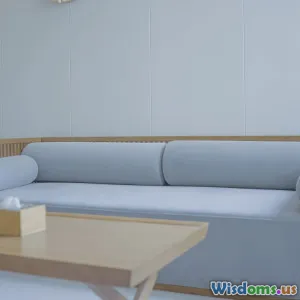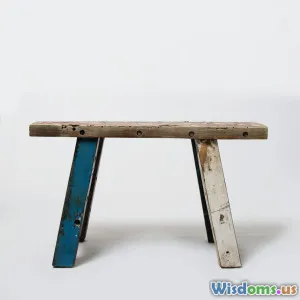
My Week Living With Only Ten Pieces of Furniture
17 min read Discover insights from a week of minimalist living with just ten pieces of furniture in this practical, firsthand experience. (0 Reviews)
My Week Living With Only Ten Pieces of Furniture
Could you live with just ten pieces of furniture? The question seemed simple, even alluring. A chance to declutter, to challenge my material boundaries, to see what truly matters. For an entire week, I committed to paring my home down to ten essential items—no more, no less. The experience was revealing, humbling, and at times unexpectedly freeing. Here’s the story of what I learned, the choices I made, and how a handful of objects shaped a profound experiment in minimalist living.
Setting the Ground Rules
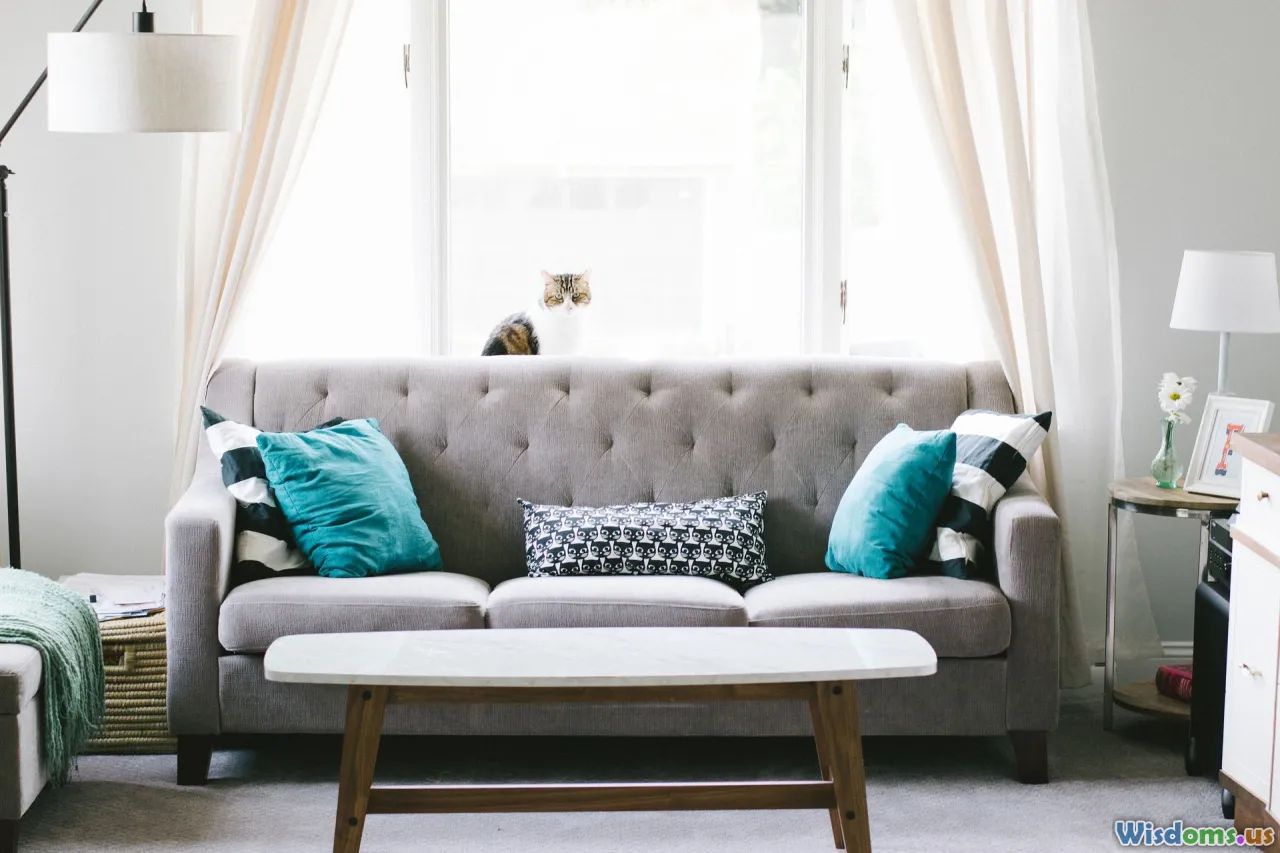
A minimalist challenge is only as meaningful as its boundaries, and so I set a few:
- Furniture meant any sizeable, movable item used for seating, sleeping, eating, or storage—excluding minor accessories (like lamps or artwork).
- Built-in fixtures (like kitchen counters or closets) didn't count.
- I could move my chosen items from any room in my apartment.
Drafting this strict list wasn’t merely practical—it was deeply personal. The items would define my comfort, workflow, and social life for seven days. Browsing my living room, bedroom, and kitchen, I pondered: What did I actually need? What truly made my space feel like home? After several iterations and some friendly debates (my partner refused to part ways with their kitchen stool), my final ten were:
- Bed (frame and mattress)
- Dining table
- Dining chair (x2)
- Sofa
- Coffee table
- Wardrobe
- Bookshelf
- Desk
- Desk chair
- Dresser
With only these furnishings for one entire week, I braced myself for daily revelations.
Day One: The Initial Shock of Less

Stepping into my reimagined apartment for the first time, I was surprised by how barren it looked. Gone were side tables, extra seats, TV stands, and storage benches. Vast swathes of empty floor were laid bare. The echoes had a different timbre. My first instinct was to add things back—to fill the void. But resisting it proved worthwhile.
The biggest initial hurdle? Functionality. Everyday tasks became slightly inconvenient: Where to rest my book when reading? (No bedside table.) Where to set my bag upon coming home? (No entryway bench or console.) Already, the luxury of furniture density was starkly clear. Still, there was a novel freedom—a sense of possibility, oddly exhilarating. With less in the room, I noticed more:
- Natural light spilling further, unblocked by bulky shelves.
- Airflow patterns that didn’t exist before.
- Quiet corners, once hidden, now inviting mindfulness breaks.
It was a reminder: Every piece of furniture, however small, negotiates your experience of space.
Rethinking Essential vs. Excess

Early in the experiment, I realized that “essential” is a shifting idea—rooted as much in mindset as in lifestyle. Each time I missed a piece, I asked myself: Is this really essential? Consider the side table. I found that creatively rearranging my remaining furniture often sufficed. The coffee table doubled as a platform for evening snacks and as an ad-hoc place to keep my phone nearby at bedtime.
Like many, I believed my coffee ritual required a dedicated corner table. Stripped of that comfort zone, I improvised—a window ledge became my resting spot. Likewise, in the absence of extra chairs, guests clustered on the sofa or stood chatting. Rather than feeling unprepared, my conversations felt more informal and spontaneous.
According to a 2023 survey by the National Association of Home Builders, Americans now add or replace an average of four to six furniture items annually. Much of this comes down to keeping up with trends or “optimizing” for hypothetical scenarios—leaving us with more than we need. My minimalist week forced me to tackle these conditioning habits, swap problem-solving with creativity, and rediscover the value in simplicity.
Practical Takeaways
- Before buying new furniture, trial using what you already own in multiple ways.
- Consider “just in time” rather than “just in case” purchases.
- Reflect on whether certain items serve you daily, or simply fill gaps in the room.
Living—And Working—With Multipurpose Pieces
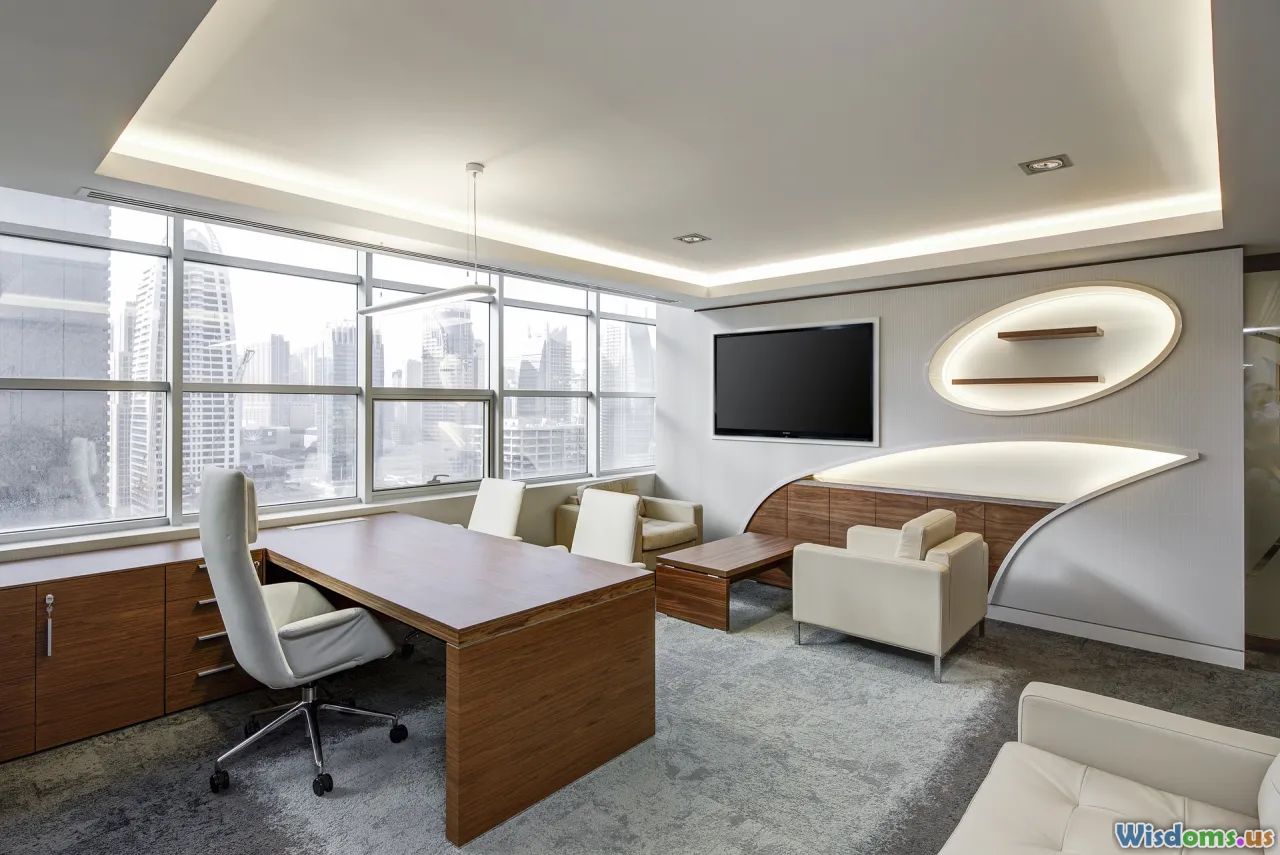
If ten pieces were going to do it all, they’d need to multitask. My desk, normally a dedicated zone for work, moonlighted as a make-up vanity and sometimes a dinner spot (on the nights when I wanted a change from the dining table). The same went for my bookshelf, which became both a repository for my limited reading materials and a landing pad for keys and mail.
The practicalities extended into remote work life. With restrictions on decor and storage, my work zone kept clear of typical distractions. A 2022 study by the Journal of Environmental Psychology suggests open, simpel environments improve focus and lower stress—my personal findings were in sync. Instead of stacks of unread magazines and half-filled coffee mugs, my desk was spotless but purposeful. This sparseness even helped draw sharper boundaries between home and work time.
Tip: Try reassigning one or two furniture items with multiple functions for a set period. Observe which roles feel natural and which feel forced.
Minimal Without Minimalism: Preserving Personality
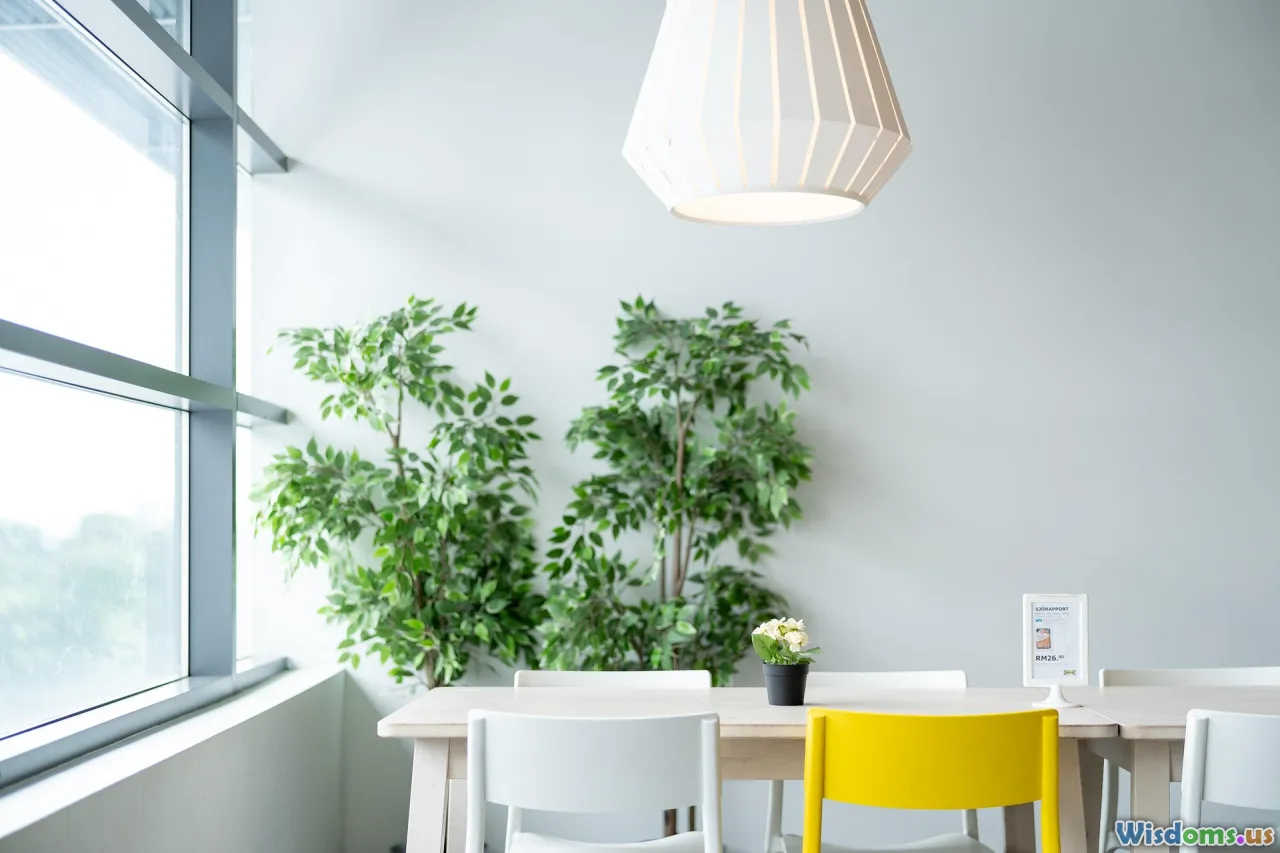
Before embarking on this experiment, my biggest concern was sacrificing coziness for discipline. The image of a sterile, personality-less living room haunted me. Minimalism, especially in social media, is sometimes equated with cold austerity. My experience quickly challenged this view.
Yes, the bare-bones arrangement lacked abundant throw blankets, accent chairs, or decorative hutches. But it also highlighted what I loved: the angular contours of my wood bed, the worn upholstery of my repurposed couch. Instead of being engulfed by possessions, I focused on the shapes, textures, and stories of the few pieces I’d chosen.
I learned to:
- Display smaller meaningful items (one family photo, a handmade mug, a favorite book) on visible surfaces.
- Use natural elements—plants or fresh flowers add warmth without taking much space.
- Take advantage of lighting to create pockets of intimacy. Even with just ten essentials, a well-placed lamp made evenings inviting.
Hominess, I discovered, isn’t always about volume. It is about curation and intentionality: choosing things with care, using them with joy, and arranging them thoughtfully.
Hosting and Hospitality—Secrets to Getting Creative

Inevitably, minimalism was tested when I had friends over. Would it feel inadequate? As it happened, my ten-piece constraint became a catalyst for creativity. Where extra chairs were lacking, guests sprawled picnic-style on blankets. Without a buffet credenza, I brought out platters to rest on the coffee table. The lack of obvious entertainment focused the evening on conversation, music, and card games—memorable precisely because it was out of the ordinary.
Research shows that gatherings of six or fewer people actually foster more lasting and satisfying social connections. Supported by just one sofa and two chairs, our Thursday game night turned cozy, lively, and memorable—not in spite of the restraint, but because of it.
Actionable Advice for Minimalist Hosts:
- Pre-plan arrangements for seating, or invite guests to bring their own cushions.
- Lean into the experience with humor—minimalism often leads to ice-breaking moments.
- Instead of formal hosting, focus on communal snacks and group activities.
The Small Sacrifices—and Unexpected Discoveries

Of course, some sacrifices were more keenly felt. By day three, I missed the easy convenience of a nightstand for late-night water, or the storage chest for winter stuff. Yet even these annoyances underscored lingering habits of comfort and ease that weren’t necessarily needs.
I grew inventive. The lower shelf of the coffee table fit a water carafe. Scarves and off-season shoes found homes boxed neatly atop my wardrobe. Such constraint forced daily—even hourly—reflection on what matters most, and where compromise is entirely acceptable.
Unexpectedly, I also found myself less distracted and “busier”—engaged more with activities that didn’t revolve around surfaces or seating: stretching on the bare wood floor, taking walks, working on my laptop from different vantages.
A Realistic Assessment: What Would I Keep Long-Term?

As the week wrapped, I faced an honest evaluation: If this were permanent, what pieces would actually stay?
Some items felt essential—the bed, for sleep and recovery; the desk and chair, for work and bill-paying; seating for company, for comfort and hospitality. Others, like the dresser, could be replaced by creative wardrobe use, or baskets tucked beneath the bed. The bookshelf, while a beloved item, could theoretically go digital (though I prefer not to).
The experiment revealed that, while true minimalism isn't practical every day, there’s a revelation in challenging our attachment to objects. According to the Environmental Protection Agency, over 9.7 million tons of furniture and furnishings are thrown out annually in the U.S. Alone. Rethinking which items matter can help us spend less, waste less, and cherish more.
My personal takeaways:
- Assess which objects bring daily joy or solve a deep need.
- Embrace dual-purpose items that solve multiple challenges.
- Don’t be afraid to periodically edit out items that no longer serve you.
How to Try It Yourself: A Step-by-Step Guide
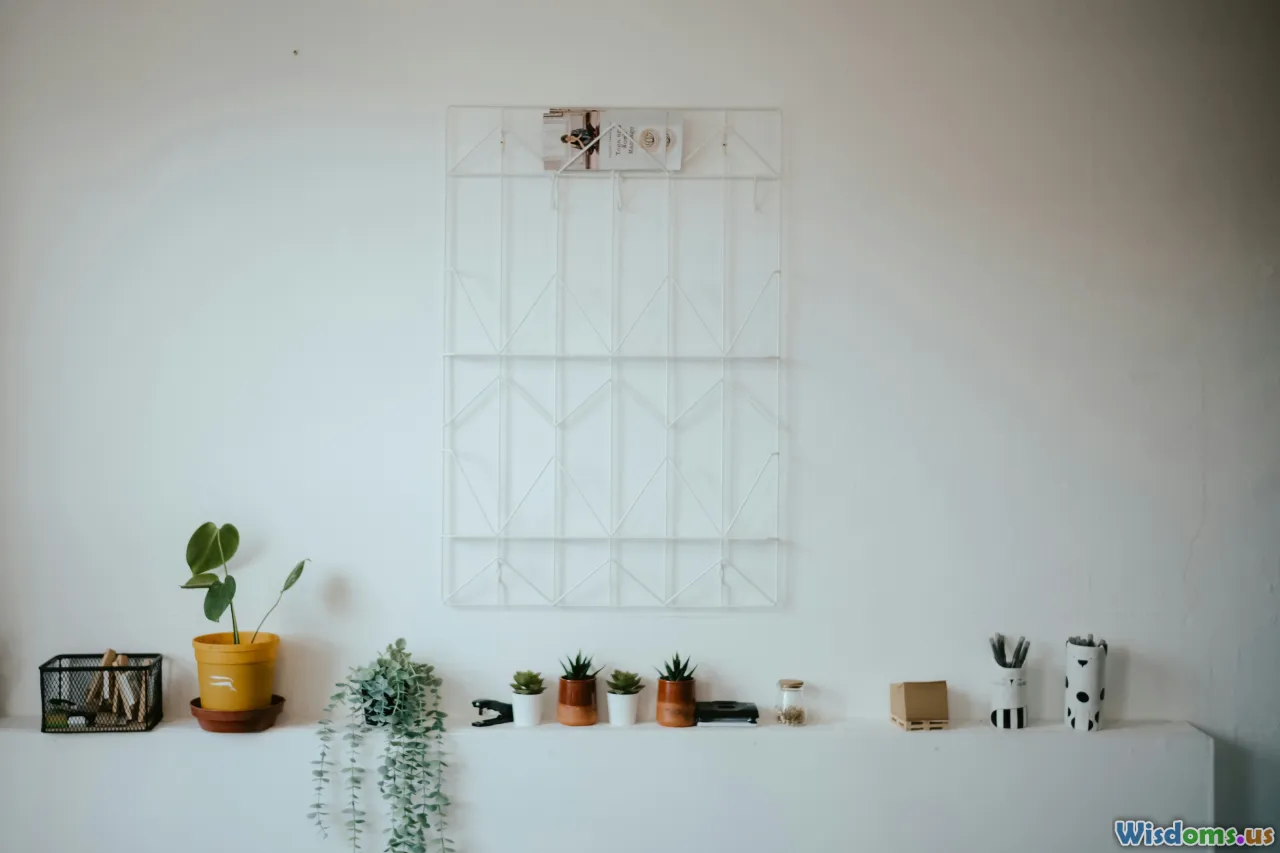
Interested in undertaking a ten-piece challenge yourself? Here’s a practical guide to adapting the process to your own lifestyle, preferences, and living situation.
Step 1: Inventory Everything
List all your movable furniture by room. Be detailed.
Step 2: Rank by Priority
What do you need to sleep, eat, work, store clothes, and host? Identify your core routines.
Step 3: Experiment Temporarily
Remove extra pieces, stow them out of sight for a week, and see how you adjust.
Step 4: Solve Gaps with Creativity
Repurpose surfaces, stack objects, or embrace floor seating or standing routines where possible.
Step 5: Journal Daily
Track when (and why) you miss certain items. Sometimes sentimentality wins out—own your preferences.
Step 6: Gradually Reinstate or Relinquish
At the end, bring pieces back only if their absence felt like a genuine deficit—not as a knee-jerk return to comfort.
Trying this method even temporarily gives you a huge insight into your own habits and values—and might just transform the way you see your belongings.
Beyond the Furniture: Lessons on Space, Resourcefulness, and Intent

That week changed me more than I expected. By sacrificing convenience for awareness, I tapped into new forms of comfort, creativity, and gratitude.
Minimizing my furniture wasn’t about self-denial, nor about chasing an ideal prescribed by design magazines. It was about conscious living—a dynamic balance between utility, comfort, and meaning. It revealed untapped space, inspired spontaneous changes, and (quite literally) let in the light.
Whether you live in a city apartment or a country home, examining whether abundance is serving you, or merely accumulating around you, is a practice worth revisiting. Deciding what to keep—and what to let go—can refresh both home and mind.
In the end, my ten-piece week echoed a core human truth: it’s not the amount of stuff, but the intention behind what you keep close, that shapes how you live, host, and feel at home.
Rate the Post
User Reviews
Other posts in Home Organization
Popular Posts










